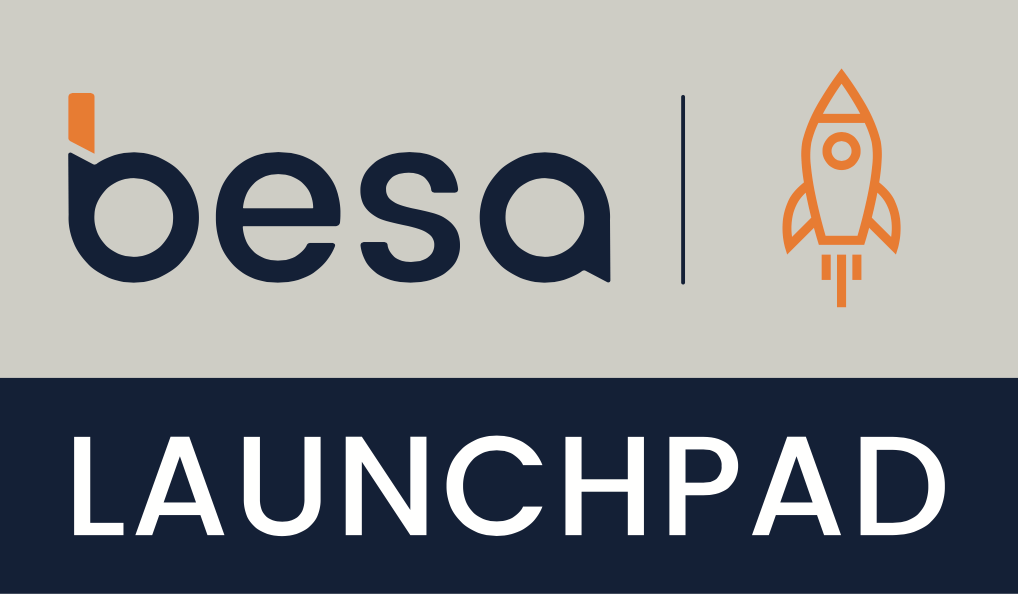Hi all, I’m Yas. I’m an ex Literacy Lead and Subject Leader of English, and I’ve been working in the realm of education for over a decade. My love of education has always been driven by my love of reading (my current reading streak has been going strong since January 1st 2022!). Though I’m no longer tied to the classroom day to day, my heart is still very dedicated to education and exploring the ways we can make the lives of young people better.
“We’ve noticed pupils aren’t always using capital letters in their books. What’s your plan to tackle that across the school?” I breathed out deeply before answering. Here we go again, I thought.
A singular focus on literacy
As subject leader for English, I was asked time and time again how I was going to tackle the issue of capital letters, missing apostrophes and poor spelling across entire year groups or indeed the whole school.
Time and time again I pointed out that those pupils used their capitals in English, their incorrectly placed apostrophes were addressed and spelling strategies were woven throughout the English curriculum – what we needed was a whole school approach to literacy, and one that went beyond capital letters and full stops. It fell on deaf ears.
Was I solely responsible for little Alice not using a capital letter in history or not getting the spelling of ‘photosynthesis’ right in science? Teachers are superheroes but with only three hours a week of English teaching on the timetable there was only so much I could do.
The primary-secondary transition
Conventionally, the primary school experience for pupils in the UK means they have one sole teacher for the academic year; teaching all subjects with a keen eye for literacy and numeracy. It’s naturally woven throughout a pupil’s day to day experience because it’s set up to be so.
Once a pupil gets to secondary school, they’re suddenly faced with multiple teachers and expectation. Understandably, the consistency with which literacy is delivered and developed can slip.
The disparity between literacy teaching in a Y6 classroom v a Y7 classroom can be huge. Communication is crucial between teachers of these two phases but it’s often something teachers don’t always have the time or means to do.
What does strong literacy teaching look like in a primary school classroom and do teachers know where it is leading to? How can secondary school teachers continue this good work, and build upon its foundations? It can be a minefield.
Making literacy priority number one
Developing literate and emotionally literate children is one of the most important things we can do as educators. So why should the responsibility for literacy be an English teacher’s alone, once primary school teachers have laid the all important foundation?
Teachers of all subjects, at all levels have a responsibility to develop the literacy skills of their pupils but the shift from primary to secondary level can be a challenging one.
Teachers in different subjects have their own expertise and priorities but we need to make literacy priority number 1 for all teachers regardless of their subject or background.
Building a whole school approach
Opening up conversations about what makes good writing in each subject is a great place to start. What reading will benefit pupils in geography or history? What important vocabulary is needed to access the music curriculum or talk confidently about pieces of art? How does a top scientist speak when explaining their findings?
Empowering teachers to tackle literacy in their subjects might just be one of the most powerful things a school leader can do.
You don’t need a cross-curriculum team of teachers dedicated to getting literacy ‘right’; it’s for everyone. (Though this isn’t to say those with specialist knowledge aren’t important and shouldn’t be drawn upon – they are!) I know some staff aren’t always the most confident when it comes to fronted adverbials or the possessive apostrophe.
It’s important to provide both teaching and support staff with the support and a level of specialist knowledge needed to support pupils with their literacy but we need to think of it more widely than capitals and full stops. Staff collaboration and peer mentoring can be a massive help here.
Overcoming the challengers, make them feel something
In my most recent teaching post I also held the title of Literacy Lead and everyone knew when I got up to deliver my schedule INSET session, I’d be talking about books and reading. I was (and still am to this day) reading mad. My challenge: get 50 or so adults who’d just come back from the summer holidays understand why it was important we tackled literacy together as a team. Being an English teacher only made it harder; they already knew why it was important for me.
But here’s what worked: I put them in the position of a student who couldn’t read very well.
I asked them to try and read a disappearing passage of text while trying to concentrate in a noisy environment and then I asked them to complete a comprehension task. They couldn’t do it. This emotional response, coupled with the quite frankly terrifying facts and statistics surrounding the impact of low literacy levels on young people’s life chances meant that I got them.
Connecting the dots
Ultimately we’re all working towards ensuring our pupils grow into critical thinkers, become confident speakers and can successfully access the opportunities life presents them with.
So, raise these conversations in your department meetings frequently. Chat about literacy when considering attainment or looking at a data capture. Have displays on keywords in every classroom. Encourage students to read voraciously and widely and talk to them about what you love to read, and encourage your team to do the same. Be consistent and don’t overcomplicate it.






